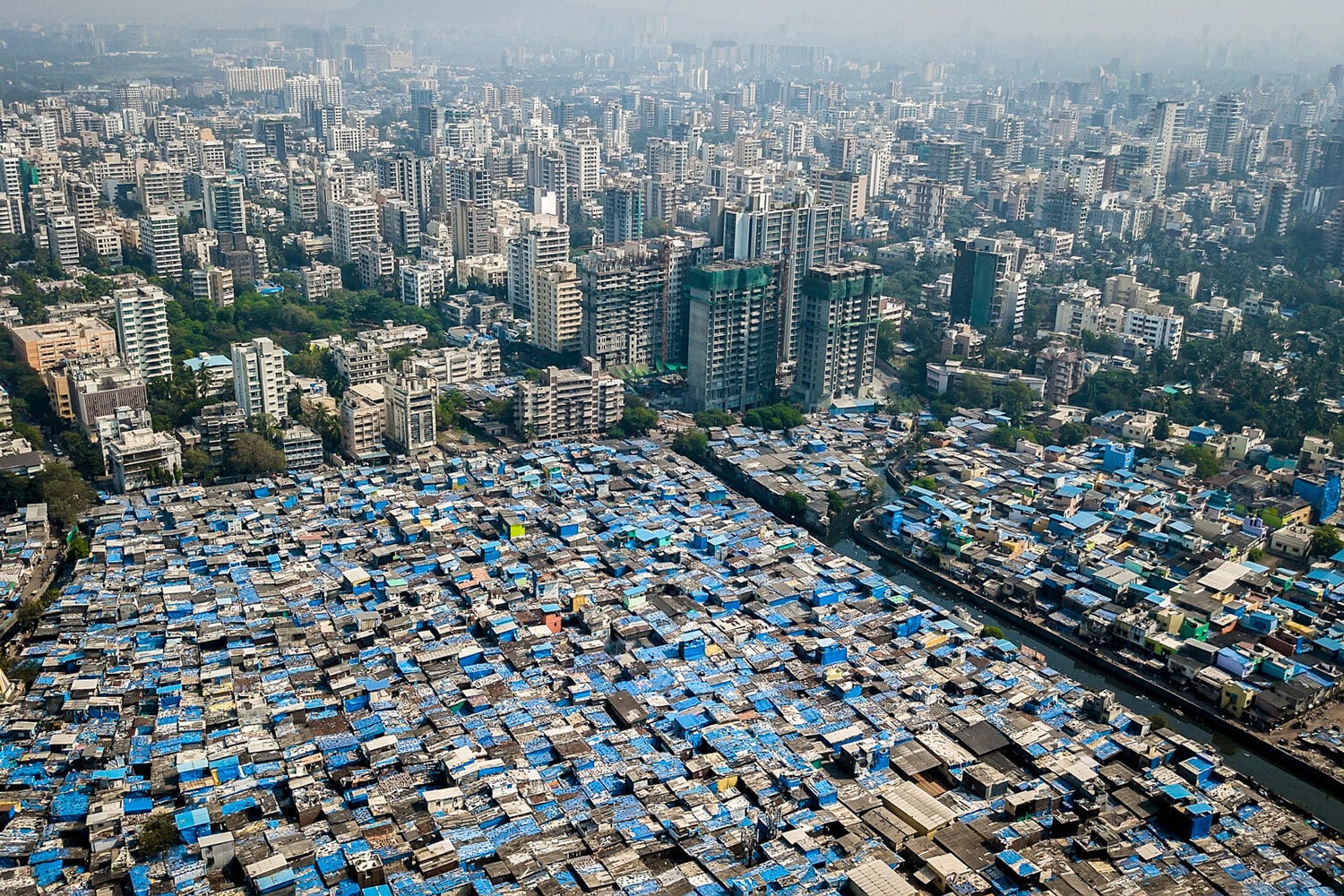Mumbai is not just the largest city in India, but also a vast metropolis of contrasts where ancient traditions blend with modern architecture. It is a city that never sleeps, buzzing with millions of stories, sounds, aromas, and movements every single day. Mumbai stands as the heart of India’s economy, culture, and film industry, and it ranks among the most densely populated urban areas in the world. You might not know how many fascinating facts this city holds. Below is a collection of captivating and educational details that reveal Mumbai’s unique character.
- Mumbai was formerly known as Bombay, a name that originated during British colonial rule. In 1995, the government of Maharashtra officially renamed the city to Mumbai in honor of the local goddess Mumba Devi. The name change was seen as a return to cultural roots.
- The city was originally made up of seven islands that were gradually joined through extensive land reclamation over centuries. These separate islands eventually merged to form the current urban sprawl. Today, only the coastline hints at its island heritage.
- Mumbai is the most populous city in India, home to over 20 million residents. Hundreds of people migrate here daily in search of employment and better opportunities. It is a vivid example of rapid urbanization.
- One of the world’s largest railway stations, Chhatrapati Shivaji Terminus, is located in Mumbai and is a UNESCO World Heritage Site. Its design combines Gothic revival and Indian architectural styles. The station was completed in 1887 to commemorate Queen Victoria’s Golden Jubilee.
- Mumbai is the birthplace of Bollywood, the world’s largest film industry in terms of the number of movies produced. Over a thousand films are made here every year in Hindi and other regional languages. Bollywood studios attract fans and tourists from around the world.
- Dharavi, the largest slum in the world by population, is situated in Mumbai. Despite difficult living conditions, the area is bustling with small-scale industries, workshops, and businesses. Over 5,000 small enterprises operate within its borders.
- The Bombay Stock Exchange, headquartered in Mumbai, is one of the oldest in Asia and among the largest globally by market capitalization. It was founded in 1875 and continues to serve as the financial hub of India. Billions of dollars are traded on it daily.
- Mumbai’s iconic black-and-yellow taxis number over 200,000 and are a common sight on its streets. These vehicles are often decorated with colorful patterns and have a distinctive style. Drivers are known for their expertise in navigating the city’s traffic.
- The city operates one of the most efficient lunch delivery systems in the world, known as the dabbawala network. More than 5,000 couriers deliver around 200,000 home-cooked meals daily from residences to office workers. The system runs with remarkable accuracy without relying on modern technology.
- One of the most expensive private residences in the world, Antilia, is located in Mumbai and owned by billionaire Mukesh Ambani. The 27-story skyscraper is valued at over one billion dollars. It includes a helipad, swimming pools, a cinema, and a staff of about 600 people.
- The festival of Ganesh Chaturthi is celebrated in Mumbai with great splendor. Thousands of statues of the deity Ganesha are displayed in homes, streets, and temples. The festival concludes with the immersion of these idols into the sea amid music and dancing.
- Mumbai’s suburban railway network is among the busiest in the world, carrying over 7 million passengers daily. Special compartments for women are provided due to overcrowding. The system is known for its punctuality despite the immense load.
- The Bandra-Worli Sea Link is an impressive cable-stayed bridge in the city that connects northern and southern Mumbai across the Arabian Sea. Stretching over five kilometers, it greatly reduces travel time. It has become a symbol of India’s modern infrastructure.
- Sanjay Gandhi National Park, located within city limits, is home to leopards, monkeys, snakes, and many other species. It is one of the few national parks in the world situated in a major city. The park also provides green space and fresh air for residents.
- Mumbai is rich in colonial architecture, including landmarks such as the Gateway of India, the University of Mumbai, and several Victorian-era streets and buildings. These structures reflect a fusion of European and Indian styles. They are popular among tourists and scholars alike.
- The city has served as a backdrop for numerous Bollywood and international films, including the Oscar-winning “Slumdog Millionaire.” Mumbai is often portrayed in cinema as a place of intense contrasts and human emotion. Its energy and complexity continue to inspire filmmakers.
- Mumbai hosts several prominent museums, such as the Chhatrapati Shivaji Maharaj Vastu Sangrahalaya, formerly known as the Prince of Wales Museum. Its collection features archaeological relics, weaponry, textiles, and miniature paintings. It is an important center for learning about Indian heritage and history.
These interesting facts about Mumbai show just how complex and fascinating the city truly is. It brings together technological progress and ancient customs, spiritual life and financial power. Mumbai is constantly evolving, yet it retains its distinct character. Discovering this vibrant city offers deeper insights into India and sparks a desire to explore even more.





